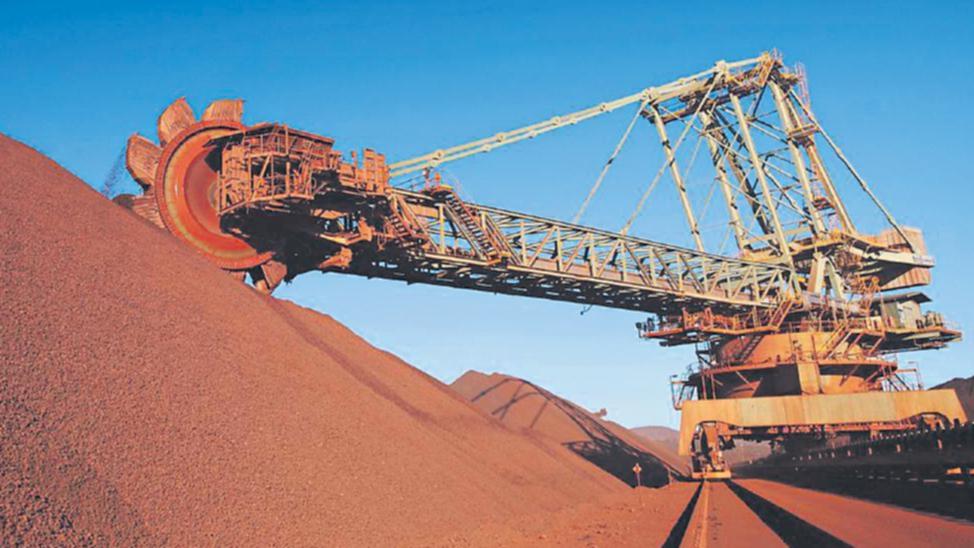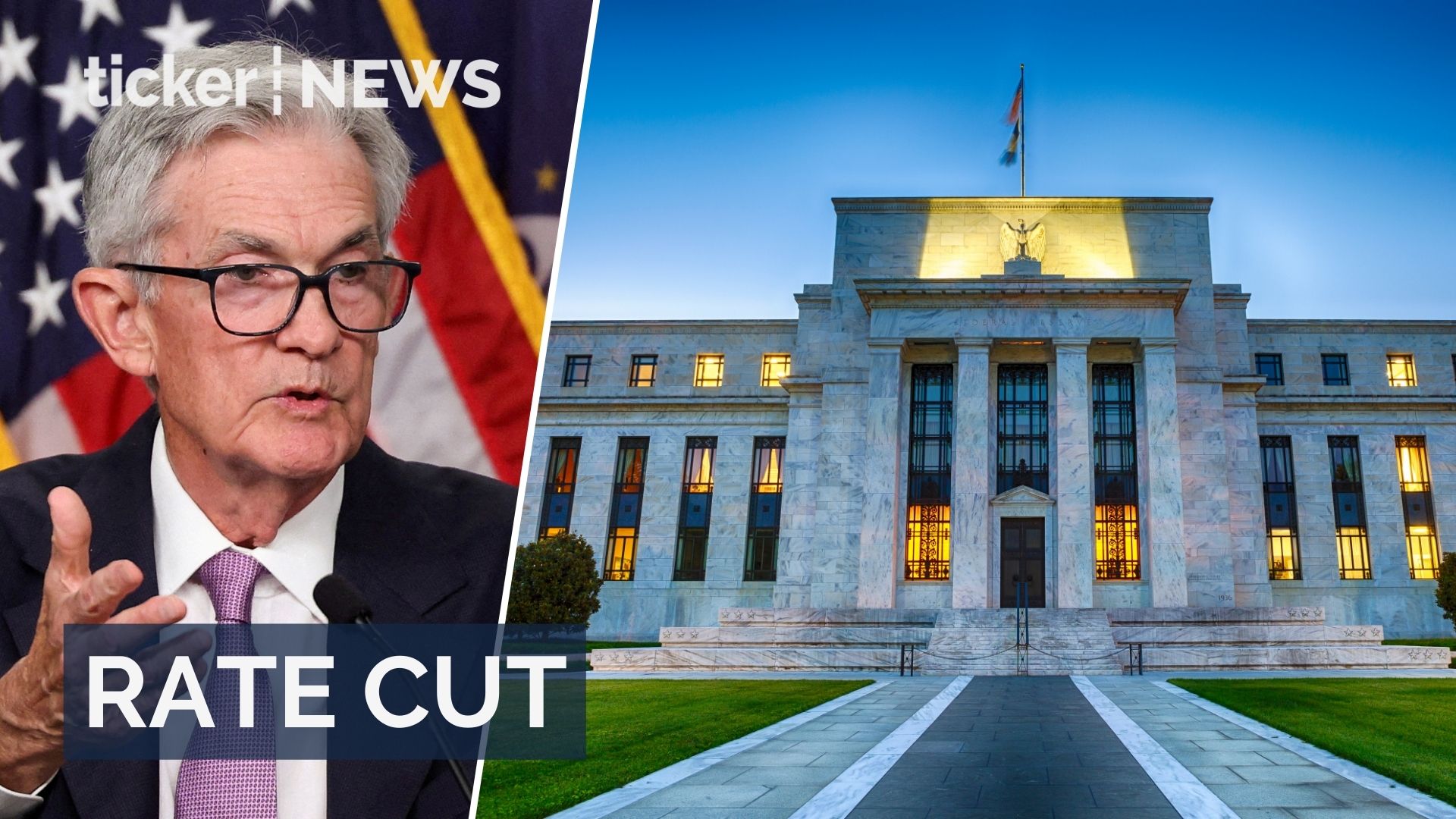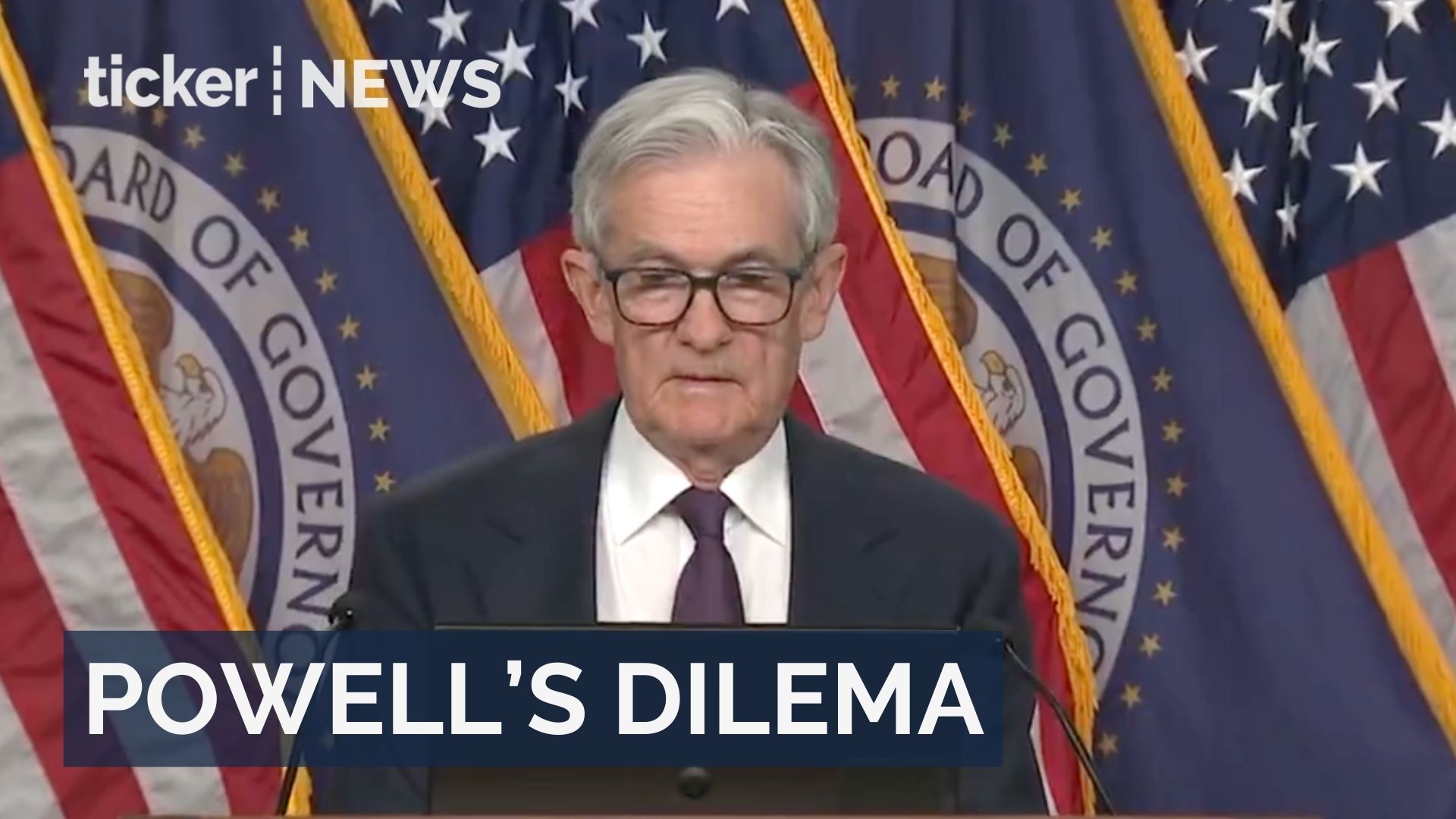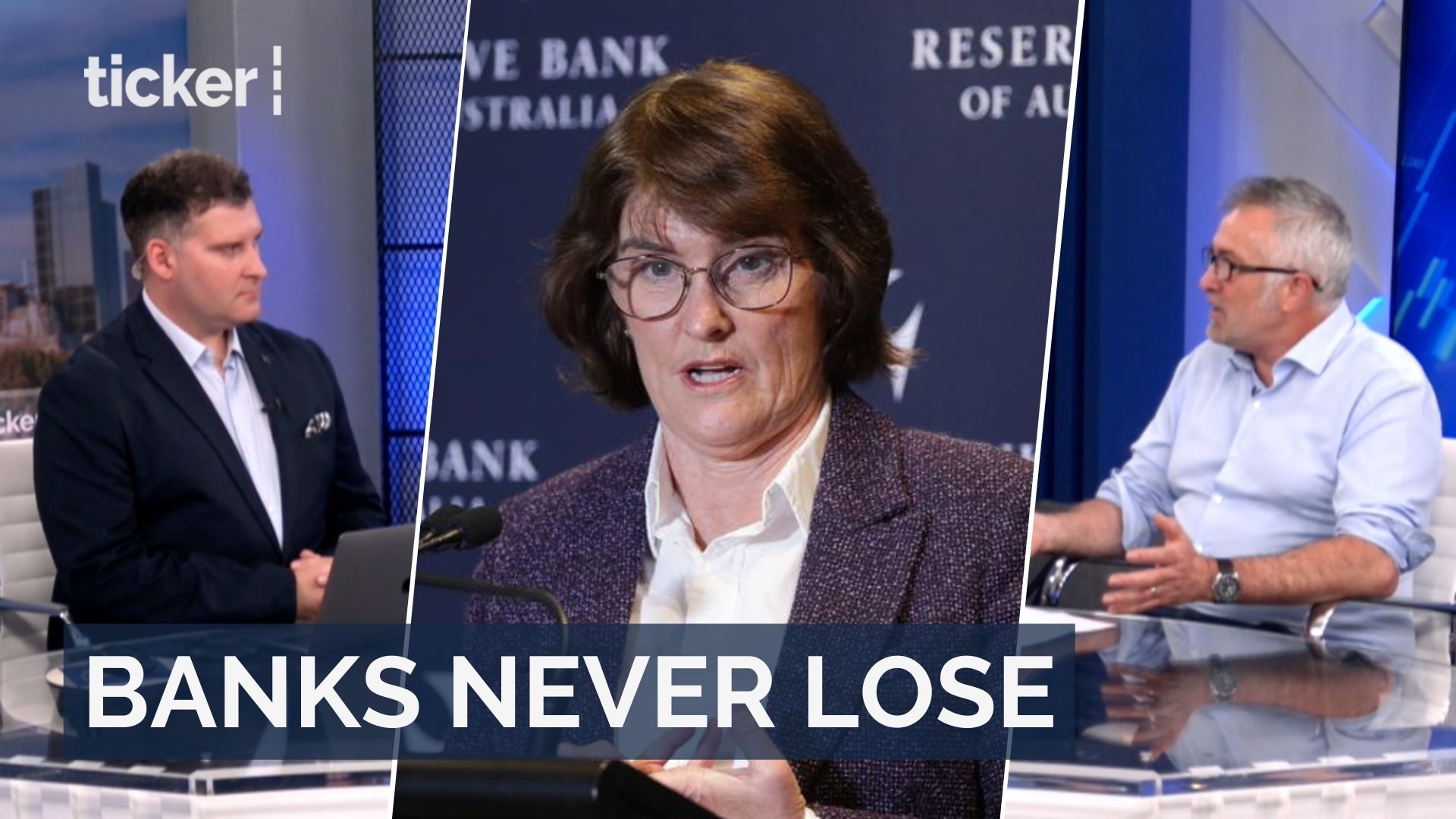Money
Alarm bells for Australia as iron ore languishes at Chinese ports


Money
Fed cuts rates, signals more potentially ahead
Fed lowers rates amid job market concerns, signalling potential further cuts in upcoming meetings
Money
Fed faces unusual dissent amid leadership uncertainty
Fed’s Powell navigates contentious meeting amid Trump-appointed dissenters as rate cut looms and succession contest heats up
Money
RBA plans to ban credit card surcharges in Australia
Reserve Bank of Australia plans to ban credit card surcharges despite banks warning of potential higher fees and weaker rewards
-



 Tech5 days ago
Tech5 days agoJaguar Land Rover cyber attack fallout
-



 Shows2 days ago
Shows2 days agoInspiring transformation: from prison to boardroom success
-



 News4 days ago
News4 days agoVance vows crackdown after Kirk murder
-



 News4 days ago
News4 days agoCharlie Kirk’s legacy reshaping US conservatism
-



 Tech4 days ago
Tech4 days agoMusk’s $1B Tesla stock buy amid trillion pay proposal
-



 Tech4 days ago
Tech4 days agoU.S. and China reach TikTok deal framework agreement
-



 Money4 days ago
Money4 days agoRBA plans to ban credit card surcharges in Australia
-



 News5 days ago
News5 days agoShooting suspect not cooperating, motive still unclear











